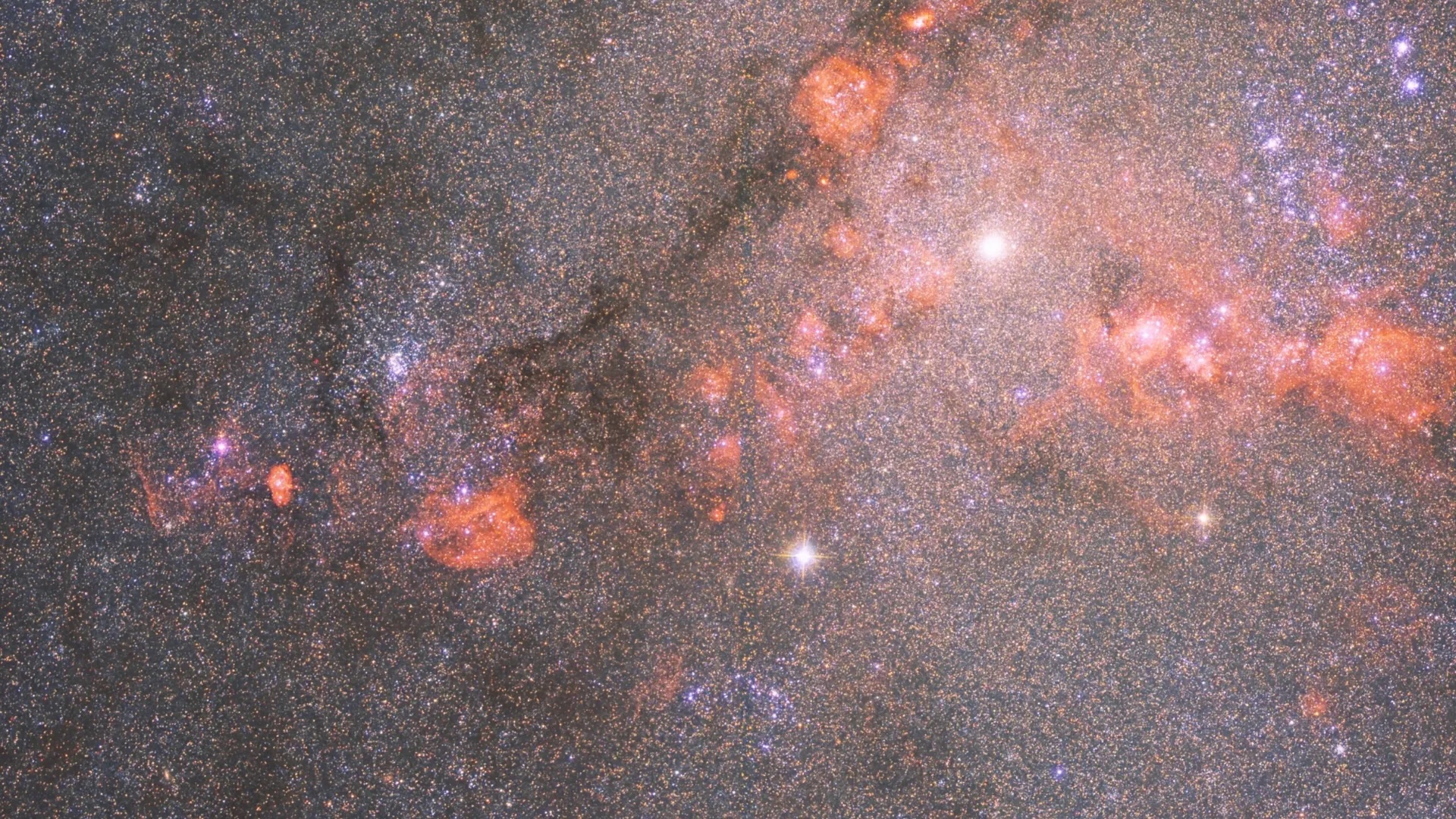JoF, Vol. 10, Pages 523: The Anti-Inflammatory Effects and Mechanism of the Submerged Culture of Ophiocordyceps sinensis and Its Possible Active Compounds
Journal of Fungi doi: 10.3390/jof10080523
Authors: Hsien-Chi Huang Yu-Juan Shi Thuy-Lan-Thi Vo Tai-Hao Hsu Tuzz-Ying Song
The pharmacological effects of the fruiting body of Ophiocordyceps sinensis (O. sinensis) such as antioxidant, anti-virus, and immunomodulatory activities have already been described, whereas the anti-inflammatory effects and active components of the submerged culture of O. sinesis (SCOS) still need to be further verified. This study aimed to investigate the active compounds in the fermented liquid (FLOS), hot water (WEOS), and 50–95% (EEOS-50, EEOS-95) ethanol extracts of SCOS and their anti-inflammatory effects and potential mechanisms in lipopolysaccharide (LPS)-stimulated microglial BV2 cells. The results demonstrated that all of the SCOS extracts could inhibit NO production in BV2 cells. EEOS-95 exhibited the strongest inhibitory effects (71% inhibitory ability at 500 µg/mL), and its ergosterol, γ-aminobutyric acid (GABA), total phenolic, and total flavonoid contents were significantly higher than those of the other extracts (18.60, 18.60, 2.28, and 2.14 mg/g, p < 0.05, respectively). EEOS-95 also has a strong inhibitory ability against IL-6, IL-1β, and TNF-α with an IC50 of 617, 277, and 507 µg/mL, respectively, which is higher than that of 1 mM melatonin. The anti-inflammatory mechanism of EEOS-95 seems to be associated with the up-regulation of PPAR-γ/Nrf-2/HO-1 antioxidant-related expression and the down-regulation of NF-κB/COX-2/iNOS pro-inflammatory expression signaling. In summary, we demonstrated that EEOS-95 exhibits neuroinflammation-mediated neurodegenerative disorder activities in LPS-induced inflammation in brain microglial cells.

 1 month ago
33
1 month ago
33

